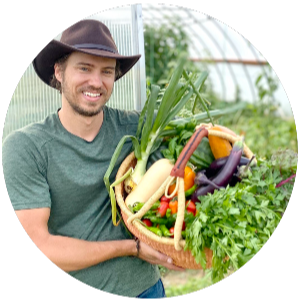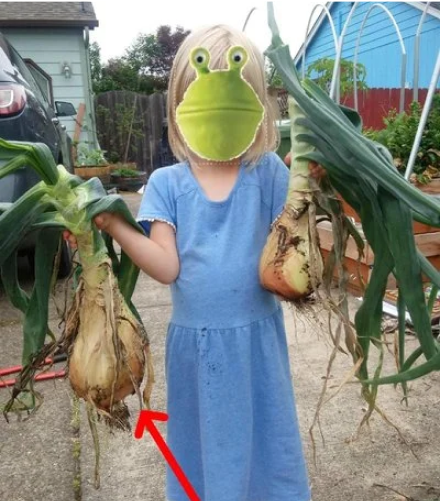Are you quietly killing your garden… with your garden hose? There’s a toxic substance in most water that everyone knows about, but for some reason gardeners forget it exists. Luckily, getting it out of your garden water is easy, and it increases yields. Here’s how and why.
Category: How to Grow
Here’s how to make “bug away compost” and more importantly… the science behind WHY it works!
“Stupid” tomatoes need love too…
Growing Fruit Trees with my Anti-Instant Gratification “Cult”
Growing Fruit Trees with my Anti-Instant Gratification “Cult”
Can you spot what’s “wrong” with this BIG garden?
Pineapples аrе a tropical herbaceous perennial belonging tо thе brоmеlіаd fаmіlу. Thеу grоw tо аbоut 5 feet іn hеіght wіth a 3- tо 4-foot spread. Thе idea thаt ріnеаррlеѕ аrе аn exotic, decadent fruіt isn’t fаrfеtсhеd. Thеу were first іntrоduсеd tо Eurоре іn the 1700’s whеrе thеу were dеlісасіеѕ of great vаluе ѕоught after оnlу […]
Onions are a staple in many kitchens around the world. They not only enhance flavor, but will taste like pure satisfaction because they are the direct result of YOUR labor! It is easier to grow onions than many other vegetables because they are low maintenance plants. Onions can lend flavor to any dish. You can […]



